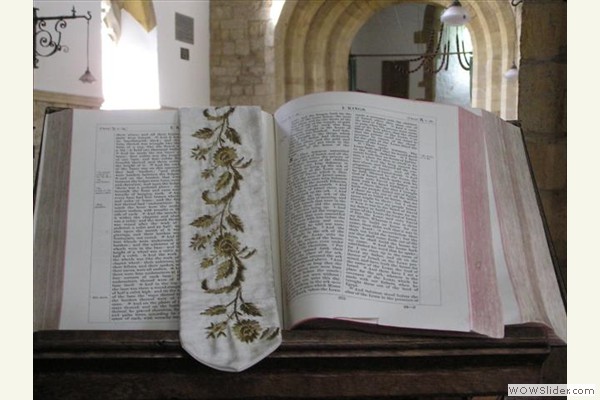
The Gospel According To Saint Matthew With An Explanatory And Critical Commentary by Rev. A.J. Maas S.J.
CONTENTS OF INTRODUCTION
1. THE FIRST EVANGELIST. Meaning of Matthew; Matthew identical with Levi; Levi the son of Alpheus; call of Matthew; the inspired record of his life; the traditional record of his life
2. AUTHENTICITY OF THE FIRST GOSPEL. i. According to Christian antiquity Matthew wrote a gospel in Hebrew [Papias, Irenæus, Pantænus, Origen, Eusebius, Epiphanius, Jerome, etc.]. ii. Our first gospel is identical with Matthew’s Hebrew gospel. 1. Internal evidence: a. it points to Matthew as its author; b. it was written for Jewish converts; c. it has the same object as Matthew’s gospel. 2. External evidence: a. it is quoted as Sacred Scripture from the earliest times [Barnabas, Clement of Rome, Ignatius, Polycarp, The Teaching of the Twelve Apostles, the Gospel of Peter, Justin, Athenagoras, Theophil. of Antioch]; b. passages of it are ascribed to Matthew [Iren. Clem of Alex. Tet. Jul. afric. Eus.]; c. its incidents are regarded as revealed [Ign. Just. Tert.]; d. early heretics appeal to it [Simon Magus, Cerinthus, Karpocrates, Ophites, Sethiani, Ebionites, Basilides, etc.], e. or mutilate it [Marcion, Symm., etc.]; syllogistic form of the argument; principal exceptions
3. ORIGINAL LANGUAGE OF THE FIRST GOSPEL. Tradition testifies that the original language is Hebrew or Syro-Chaldaic; defenders of a Greek original text; arguments for the same; review of these arguments; exception to the tradition-argument answered; by whom was the Greek translation made
4. READERS AND OBJECT OF THE FIRST GOSPEL. i. The first gospel was written for the Jewish Christians of Palestine. a. External evidence: Iren. Orig. Chrys. Eus. Naz. etc. b. Internal evidence: use of the Old Testament, development and application of the law, Jewish customs and places, Jewish phrases. ii. The object of the gospel is to prove that Jesus is the Messias, and to explain the rejection of the Jews and the call of the Gentiles; this follows from the circumstances of its readers [the gospel is no controversial book], its incidents, its discourses
5. STRUCTURE AND CHARACTER OF THE FIRST GOSPEL. i. The structure is topological, not chronological. 1. The gospels and chronology; 2. St. Luke and chronology; 3. the analysis of Delitzsch; 4. generally received analysis. ii. In character the first gospel is antithetic and progressive
6. WHEN AND WHERE WRITTEN. i. The gospel was written between 40 and 70 A. D. 1. Internal evidence: its contents, its language, its phrases. 2. External evidence: ancient [Theoph. Euth. Niceph. Euseb. Iren.] and recent. ii. The gospel was written in Palestine, probably in Galilee
Copyright ©1999-2023 Wildfire Fellowship, Inc all rights reserved

 Keep Site Running
Keep Site Running